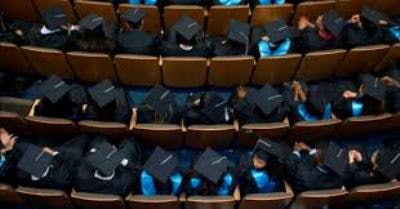
So argued former New York City Schools chancellor Harold O. Levy, executive director of the Jack Kent Cooke Foundation, as the foundation released a new report that shows only a paltry portion of the student population at elite colleges are high-achieving, low-income students.
The report, titled “True Merit: Ensuring Our Brightest Students Have Access to Our Best Colleges and Universities,” says so-called “need-blind” policies have failed. As evidence, the report notes that 72 percent of the students at the nation’s most competitive universities are from the country’s top income quartile, while only 3 percent hail from the nation’s poorest families.
It also found that high-achieving students from the top income quartile enroll in highly competitive universities at three times the rate of their high-achieving peers in the lowest income quartile—24 percent versus 8 percent—and at similarly disparate rates in very competitive or competitive institutions of higher learning.
Further, the report shows that the percent of first-time, full-time freshmen receiving Pell grants has risen at all but the most highly competitive colleges and universities since 2000. For instance, the percentage of such students has risen from 24 to 30 percent at very competitive universities but has remained virtually flat—rising only from 16 to 17 percent—at the most competitive universities, from 2000 through 2013, the report states.
Levy, whose foundation offers scholarships of up to $40,000 to high-achieving students with economic need, noted two reasons why high-achieving low-income students are so woefully underrepresented at elite institutions.
First, many don’t apply to top colleges and universities because they get inadequate counseling in high school—a problem that he said occasionally affects even Cooke scholars.















